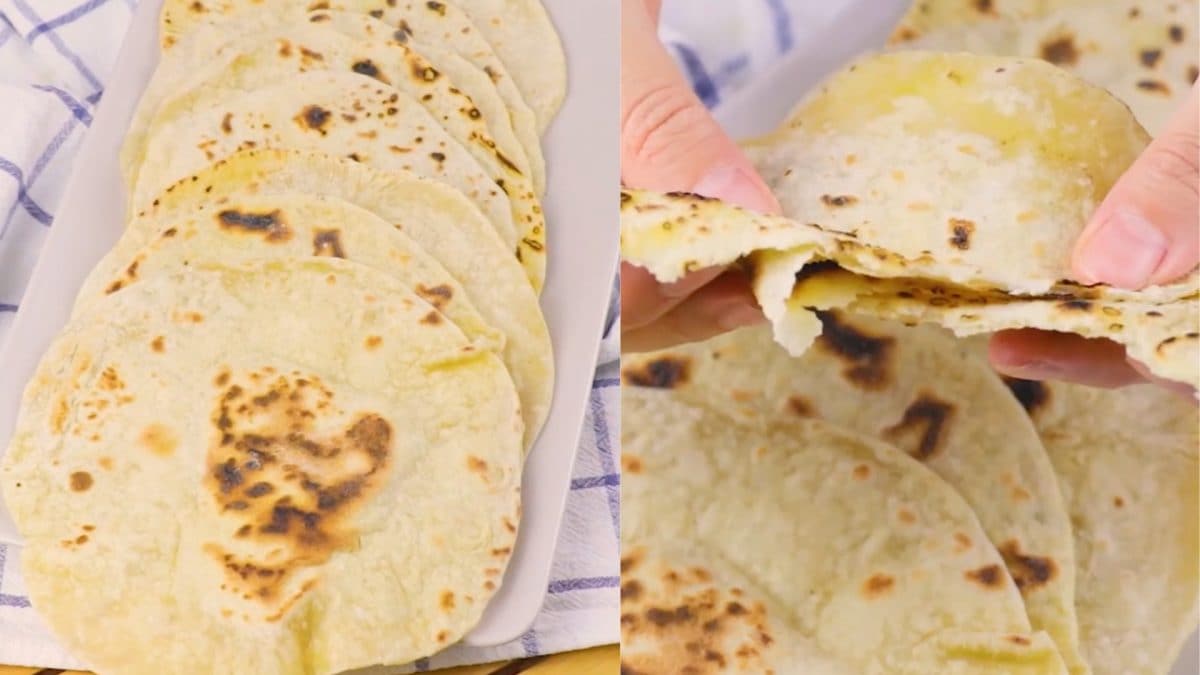
Turkish Katmer is a culinary gem that balances a delicate, crisp exterior with a tender, buttery interior. What makes it remarkable is not just its texture, but the minimalism of its ingredients, just flour, water, butter, and olive oil, transformed through precise technique into a delicious dish.
Katmer can be served at breakfast, an afternoon snack, or a light dessert, offering versatility. Its subtle sweetness, achieved with a touch of sugar, enhances the richness of the layered butter, creating a pastry that invites repeated enjoyment.
What is Turkish Katmer?
Turkish Katmer is a traditional layered flatbread originating from southeastern Turkey, particularly the city of Gaziantep. Its hallmark is the delicate layering of butter and sugar within soft dough, baked or cooked in a pan.
Historically, Katmer was often enjoyed during special occasions or with clotted cream (kaymak). Katmer carries a cultural narrative, often associated with hospitality and traditional breakfasts. Katmer literally means “layered” in Turkish, referring to the way the dough is folded and rolled to create its signature texture.
Pro Tips for the Best Turkish Katmer
- Use 00 flour because it ensures a soft, pliable dough that rolls out thin without tearing.
- Heating the butter and olive oil mixture helps with even layering and easy spreading.
- Letting the dough rest in the fridge for 30 minutes or overnight improves texture and makes rolling easier.
- Cook on medium heat. Too hot, and the flatbread burns before cooking through.
Frequently Asked Questions
Can I freeze Katmer?
Absolutely! Place the dough balls or baked flatbreads in an airtight container or freezer bag. Thaw at room temperature and reheat in a pan for best results.
Can I add fillings like chocolate or nuts?
Yes! Traditional Katmer can be enhanced with ground pistachios, chocolate, or even Nutella.
Do I need special equipment to make Katmer?
No special equipment is needed, just a rolling pin, a pan, and a spatula.
How to Store Turkish Katmer
Store any leftovers in an airtight container at room temperature for up to 3 days. To maintain crispiness, reheat gently in a non-stick pan rather than a microwave.
Ingredients
How to Make Turkish Katmer
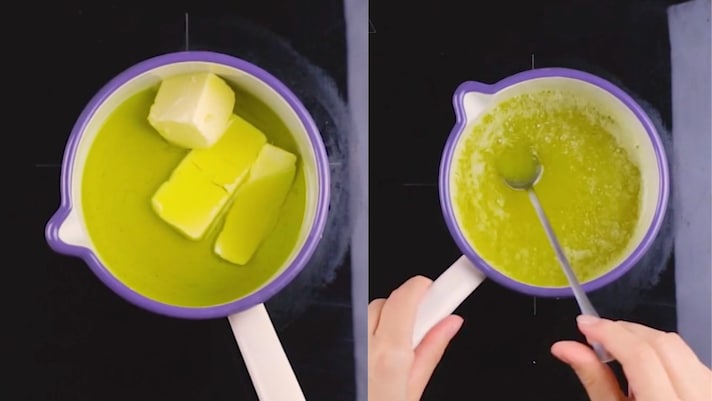
In a small saucepan, heat butter and olive oil over low heat until melted. Once the mixture has cooled, stir in 1 tablespoon of sugar.
In a small saucepan, heat butter and olive oil over low heat until melted. Once the mixture has cooled, stir in 1 tablespoon of sugar.
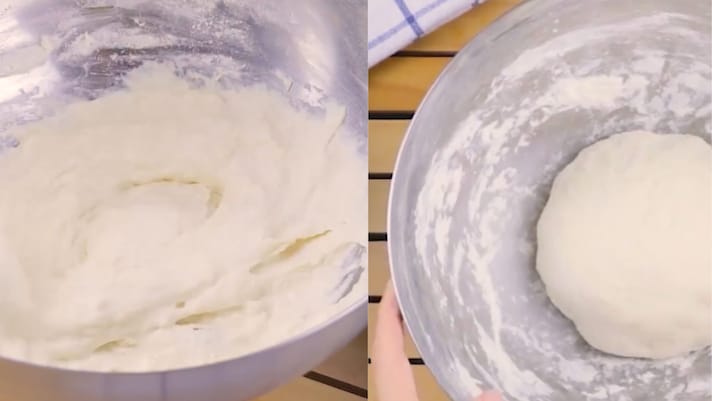
In a mixing bowl, combine water and salt. Gradually add flour, kneading continuously, until you achieve a smooth, soft dough, and let it rest for 30 minutes.
In a mixing bowl, combine water and salt. Gradually add flour, kneading continuously, until you achieve a smooth, soft dough, and let it rest for 30 minutes.

Place the dough on a floured surface, knead briefly, and divide it into two equal portions.
Place the dough on a floured surface, knead briefly, and divide it into two equal portions.

Roll out one portion into a thin circle. Brush generously with the butter, oil, and sugar mixture.
Roll out one portion into a thin circle. Brush generously with the butter, oil, and sugar mixture.
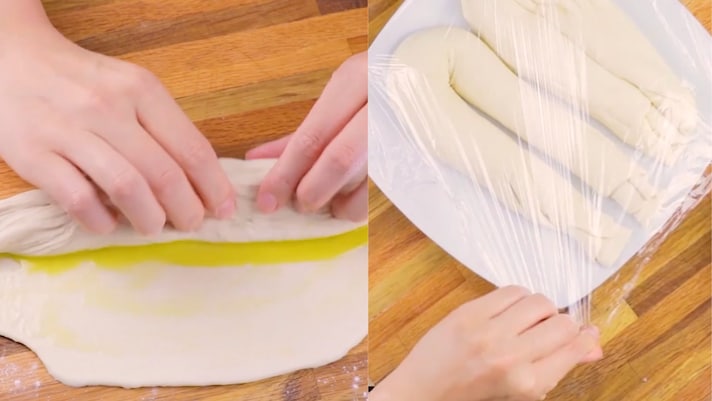
Roll the layered dough and let it rest for 30 minutes in the fridge.
Roll the layered dough and let it rest for 30 minutes in the fridge.
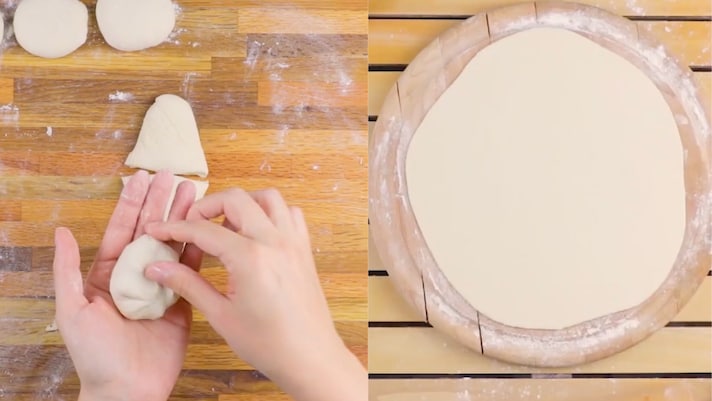
After resting, divide the dough into smaller portions. Roll each into a small ball, then roll out thinly on a floured surface.
After resting, divide the dough into smaller portions. Roll each into a small ball, then roll out thinly on a floured surface.
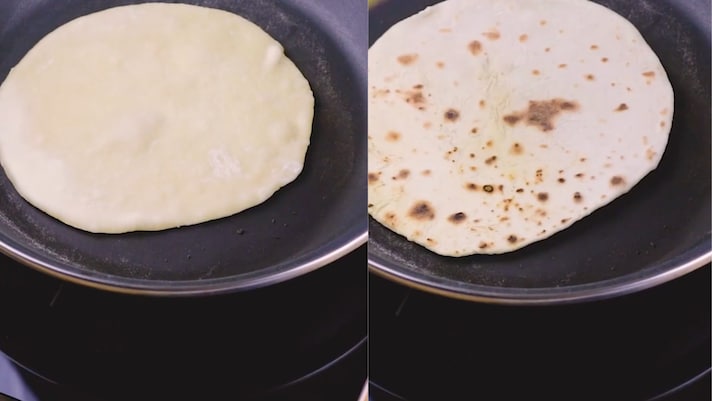
Heat a non-stick pan over medium heat. Place a rolled dough piece in the pan and cook, flipping carefully with a spatula until slightly brown on both sides. Repeat with the remaining dough.
Heat a non-stick pan over medium heat. Place a rolled dough piece in the pan and cook, flipping carefully with a spatula until slightly brown on both sides. Repeat with the remaining dough.
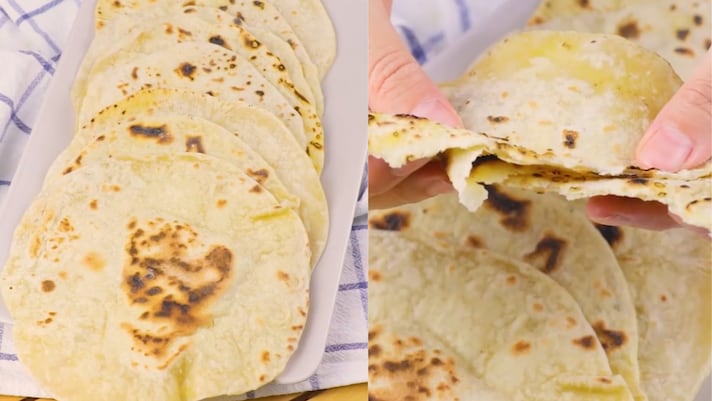
Serve warm or pair with Turkish tea, honey, or clotted cream for a traditional touch.
Serve warm or pair with Turkish tea, honey, or clotted cream for a traditional touch.

;Resize,width=767;)
